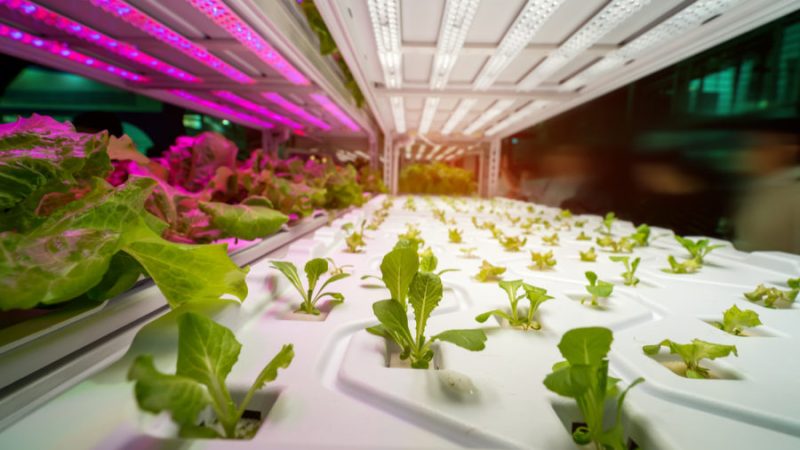Urbanization is on the rise globally, with the United Nations estimating that approximately 68% of the world’s population will reside in urban areas by 2050. This trend presents unique challenges to the agricultural world, and agricultural experts are coming up with innovative solutions to meet global demand while using the limited land that most urban environments afford. One of the solutions that is gaining traction is vertical farming. This article will explore the topic of vertical farming, and how it is playing a role in global food production.
What is Vertical Farming?
Vertical farming is an approach to agriculture that involves growing crops in vertically stacked layers or inclined surfaces. Unlike traditional farming, which relies on large expanses of land, vertical farming maximizes the use of vertical space and grows crops on top of one another. This makes vertical farming particularly well-suited for urban environments where horizontal space is limited.
Vertical farming often happens indoors in controlled environments and makes use of new technologies such as hydroponics, aquaponics and other methods of soilless agriculture. These technologies enable precise control over factors like temperature, humidity and nutrient levels, which leads to increased crop yields and faster growth cycles compared to traditional farming methods. Because these crops are grown in controlled environments, vertical farming can be done in a variety of locations, regardless of the climate or weather conditions. By using these new technologies, this unique farming method offers a variety of benefits to agriculture both locally and globally.
Benefits of Vertical Farming
A major barrier in traditional farming is access to land, especially in urban environments. Vertical farming addresses this issue and allows for a wide variety of crops to be grown in a small, vertical setup. In addition, advancements in components such as agricultural castings contribute to the durability and efficiency of equipment used in vertical farming systems, supporting reliable and scalable production.
Vertical farming also offers several environmental benefits that make it an attractive option for sustainable urban agriculture. It can decrease water usage compared to traditional agriculture by using technologies that use precise watering techniques and recycle and reuse water efficiently. This is particularly crucial as water scarcity becomes an increasingly pressing issue globally. Reduced dependency on pesticides is another environmental advantage of vertical farming, as the controlled environment of vertical farms helps mitigate the spread of pests and diseases, which reduces the need for chemical interventions. This not only minimizes environmental impact, but also contributes to producing healthier crops.
Conclusion
As agricultural experts look for innovative ways to increase food production and address the challenges that urbanization poses, vertical farming is emerging as a trend that is likely here to stay. By addressing issues such as access to land, water conservation and sustainability, and making local produce more accessible, vertical farming is playing a pivotal role in feeding the growing city population. By embracing vertical farming and integrating it into urban planning, we can not only build more resilient, self-sufficient cities but also benefit the global food system overall.
Read Dive is a leading technology blog focusing on different domains like Blockchain, AI, Chatbot, Fintech, Health Tech, Software Development and Testing. For guest blogging, please feel free to contact at readdive@gmail.com.





